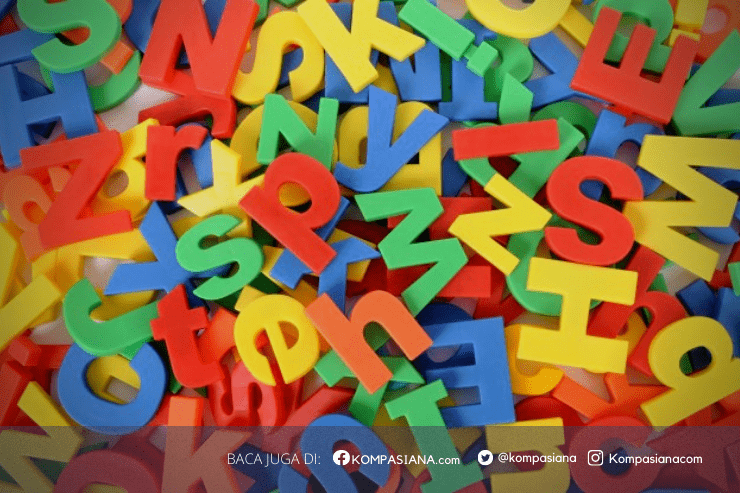REDUCING THE WASTE STREAM
- Reduce the waste that produced in the first place
- Reuse the items before become waste
- Recycle
- Treatment of wasted materials
- Incineration
Ad 1.
Reduce means decreasing the amount of total waste by steps such as buying only the amount those are needed and persuading manufacturers to reduce the amount of packaging they use.
During the past 35 years, the amount of waste each person creates has almost doubled from 2.7 to 4.4 pounds per day.
Ad2 .
Reuse is using an item more than once.
This includes conventional reuse where the item is used again for the same function, and new-life reuse where it is used for a new function.
It eliminates waste, reduces waste disposal costs, and conserves energy and materials.
ADVANTAGE OF REUSE
- Energy and raw materials savings as replacing many single use products with one reusable one reduces the number that need to be manufactured.
- Reduced disposal needs and costs
- Refurbishment can bring sophisticated, sustainable, well paid jobs to underdeveloped economies
- Savings cost for business and consumers as a reusable product is often cheaper than the many single use products it replaces
Make some older items were better handcrafted and appreciate in value
DISADVANTAGE OF REUSE
- Requires cleaning or transport thus have environmental costs.
- Some items such as Freon appliances or infant auto seats could be hazardous or less energy efficient.
- Reusable products need to be more durable than single use products.
- Sorting and preparing items for reuse takes time.this is inconvenient for consumers and costs money for businesses.
RECYCLE
Recycling is the processes of collecting, processing, remanufacturing, and reusing materials instead of discarding them.
Helps conserve raw materials and energy that manufacturers would otherwise use in producing new products.
Reduces the amount of material going into landfills.
Lessen the pollution that may result from waste disposal.
Recycle materials and the step taken before throw :
•Paper and cardboard:
- Flatten cardboard boxes before dropping them off.
- Try to separate white office paper from magazines
and newspapers.
- Find out where to drop off paper and cardboard.
•Cans (drink and food cans):
- Rinse them out
- Squash them if possible to save space (after rinsing)
- Find out where to drop off cans.
•Glass (bottles and jars):
- Rinse them out
- Find out where to drop off glass.
•Plastics:
- Rinse out plastic bottles/tubs
- Look for a symbol like this on your plastic bottle, tub
or bag:
- The number inside the symbol indicates the type of
plastic
All those materials that have been recycling consist of their bin. Plastics, glass and paper need to dump into their bin.
TREATMENT OF WASTED MATERIALS:
Waste treatment refers to the activities required to ensure that waste has the least practicable impact on the environment.
Treatment of the wasted materials may divided into three which are solid, water and radioactive.
The treatment of solid wastes is a key component of waste management.
Different forms of solid waste treatment are graded in the waste hierarchy.
The waste hierarchy refers to the 3 Rs of reduce, reuse and recycle, which classify waste management strategies according to their desirability
Water waste treatment may divided into three which are agriculture, industrial waste water and sewage treatment
Agricultural wastewater treatment is treatment and disposal of liquid animal waste, pesticide residues from agriculture.
Industrial wastewater treatment is the treatment of wet wastes from manufacturing industry and commerce including mining, quarrying and heavy industries.
Radioactive wastes are waste types containing radioactive chemical elements that do not have a practical purpose.
They are sometimes the products of nuclear processes, such as nuclear fission.
However, industries not directly connected to the nuclear industry can produce large quantities of radioactive waste.
Incineration is a waste treatment technology that involves the combustion of organic materials and/or substances.
Incineration and other high temperature waste treatment systems are described as "thermal treatment".
Incineration of waste materials converts the waste into incinerator bottom ash, flue gases, particulates, and heat, which can in turn be used to generate electric power.
Furniture factory sawdust incinerators need much attention as these have to handle resin powder and many flammable substances.
Controlled combustion, burn back prevention systems are very essential as dust when suspended resembles the fire catch phenomenon of any liquid petroleum gas
The typical incineration plant for municipal solid waste is a moving grate incinerator.
vThe moving grate enables the movement of waste through the combustion chamber to be optimised to allow a more efficient and complete combustion.
vA single moving grate boiler can handle up to 35 tonnes of waste per hour, and can operate 8,000 hours per year with only one scheduled stop for inspection and maintenance of about one month's duration.
HAZARDOUS AND TOXIC WASTES
Toxic waste is waste material, often in chemical form, which can cause death or injury to living creatures







1. Ignitable
Ignitable wastes can create fire under certain conditions (e.g., temperature, pressure) or are spontaneously combustible. Examples include certain used paints, degreasers, oils and solvents.
2. Corrosive
Corrosive wastes are acids or bases that are capable of corroding metal, such as storage tanks, containers, drums, and barrels. Examples include rust removers, acid or alkaline cleaning fluids, and battery acid.
3. Reactive
Reactive wastes are unstable and explode or produce toxic fumes, gases, and vapors when mixed with water. Examples include lithium-sulfide batteries and explosives.
4. Toxic







